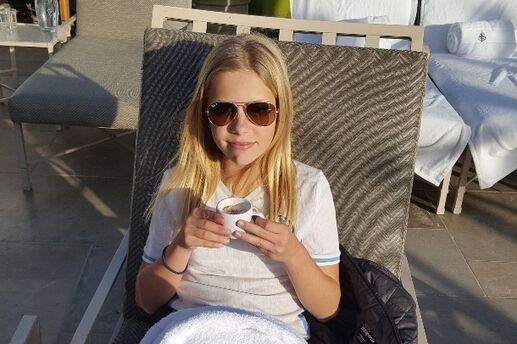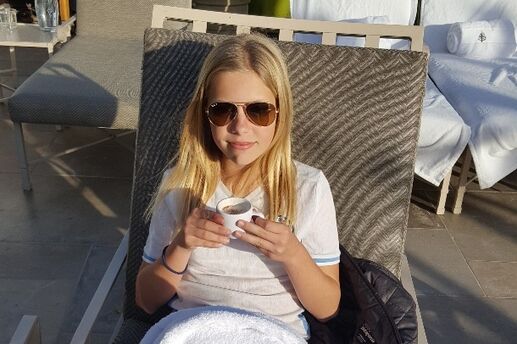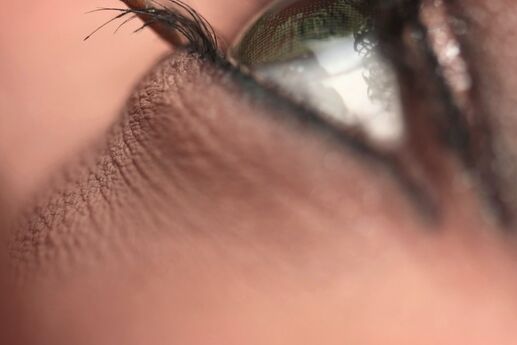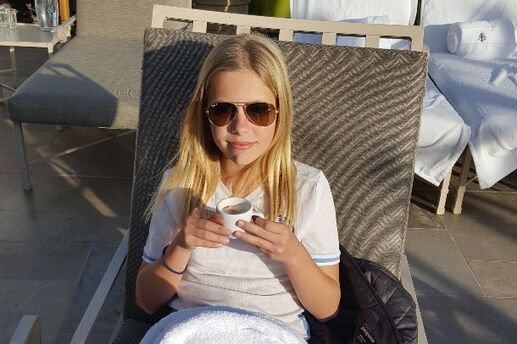From Damaged Hair to Dazzling Hair
Going from brunette to platinum blonde and back again or putting the flatiron, curling iron or blow-dryer into overdrive can quickly lead to lifeless, damaged hair. Top pros reveal how to restore your hair’s health and prevent havoc in the first place.
1. Get monthly trims.
Get your ends trimmed once a month while you’re nursing your hair back to health, suggests Beverly Hills stylist Paul Ohana. “It might take four or five months to get rid of the most damaged hair,” he says, “but you will see a gradual improvement without having to change your hair length or style completely.”
2. Highlight your hair judiciously.
“Be wary of overindulging in highlights,” says Kim Vo, who colors the tresses of celeb clients like Goldie Hawn and Kate Hudson. Bleach is typically used to highlight hair, but left on too long or applied too frequently, it can literally fry and damage hair, says Kevin Josephson, a colorist whose clients include Kirsten Dunst and Kristin Davis. The solution: Instead of all-over highlights, opt for a few streaks strategically placed around the face. Repeat only once every two to three months.
3. Condition, condition, condition.
Vo likes to say that you whisper or talk with your conditioner. Consider “whispering” the everyday conditioning you apply each time you shampoo your hair, while weekly conditioner masks are “the talk.” Applying a weekly mask will help quench extra-parched, damaged hair.
4. Brush your hair the right way.
One of the biggest contributors to damaged hair -- and one of the easiest to fix -- is improper brushing, says Ohana. After towel-drying your hair following a shower, a few strands might still be tangled even if you’ve used conditioner. “When you brush from top to bottom, you’re forcing those knots out, and that can cause split ends,” he says. Instead, use a soft-bristle brush to gently brush the ends of your hair, and move up a few inches at a time until you reach the root.
5. Use heat tools safely.
Take the time to section your tresses with clips when you style your hair with heat. Focus on one area at a time, and when that’s done, move on to the next section. “Don’t keep going over the same area,” says Josephson. You’re not adding extra styling polish, just more heat. Sun exposure makes the top layer of your damaged hair especially fragile, so leave that part for last, allowing it to air-dry while you blow-dry the sections underneath.
When you use a flatiron or curling iron, work with a 1- or 2-inch section of hair at a time to avoid going over the same area repeatedly. Keep the flatiron moving through your locks and leave your hair in the curling iron for only a few seconds. Vo adds that heat above 450 F can damage the hair's cuticle, so set your flatiron below that temperature. (If the iron doesn’t have a temperature gauge, use it on the medium setting.)
6. Maintain your instruments.
A few seconds dedicated to tool maintenance every week or two will save your hair from what Alex Roldan, whose namesake salon is a West Hollywood institution, calls “mechanical abuse.”
- Clean the lint and debris from the vents of your hair dryer to keep a steady flow of air. Clogged vents will prevent the dryer from pulling in cool air, and that can lead to dangerously hot air and even sparks that damage hair.
- Use the dryer’s nozzle attachment or press the blow-dryer against the brush and not your hair itself. This way, you’ll prevent singed locks.
- Wipe your curling iron and straightening iron with a slightly damp washcloth before and after each use to get rid of any oil or product buildup, and use a product designed to protect damaged hair from heat.
- Apply hair spray after you use heat tools or the spray will cook right on your hair.







